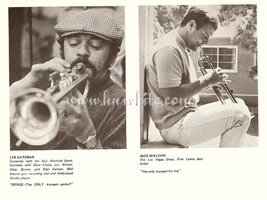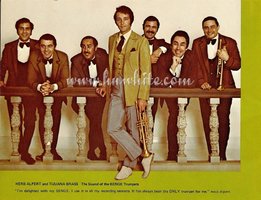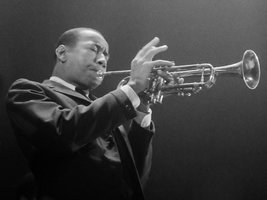JOv2
Well-Known Member
I've been away the past two + months focusing on trumpet matters and happily stumbled upon a Benge brochure, circa 1971. Since its inception in 1935 to its sale in 1971-72 (to King) Benge was a "boutique" horn with low production volume. Those that purchased these horns were guaranteed a hand-made instrument either by Elden Benge himself (1935-60) or by a staff including John Duda (1955-71), Bob Reeves (1964-71) and Zig Kanstul (1968-71) -- all well known and well respected names in trumpet design and manufacture.
(Interestingly, Benge had no active advertising campaign; rather, the horns were sold via word-of-mouth and by way of "agents" in various areas of the country. During the "Chicago era" (1935-53) the horns were mostly played by orchestral trumpeters; however, when Elden moved to Burbank, the "Burbank era" (1953-71) saw a transition to jazz. Many West coast players favoured the horn -- along with East Coast players such as Lee Morgan, Donald Byrd and Freddie Hubbard.)



(Interestingly, Benge had no active advertising campaign; rather, the horns were sold via word-of-mouth and by way of "agents" in various areas of the country. During the "Chicago era" (1935-53) the horns were mostly played by orchestral trumpeters; however, when Elden moved to Burbank, the "Burbank era" (1953-71) saw a transition to jazz. Many West coast players favoured the horn -- along with East Coast players such as Lee Morgan, Donald Byrd and Freddie Hubbard.)






